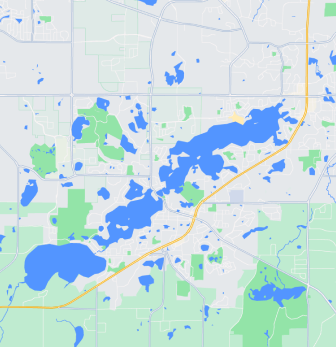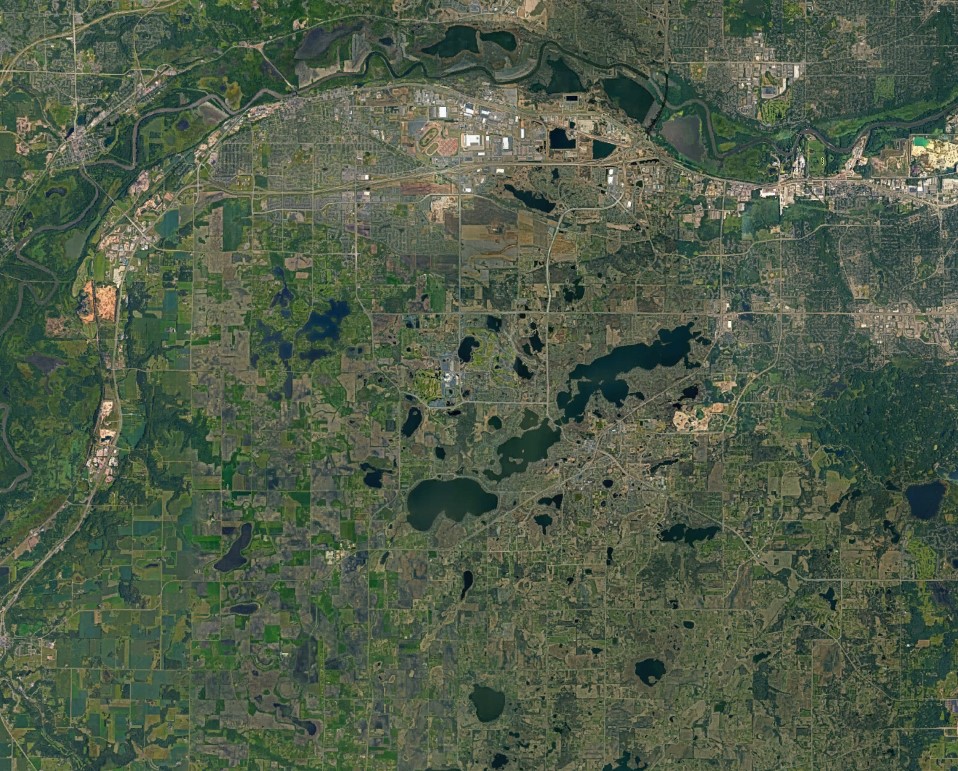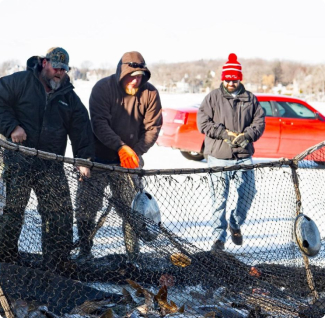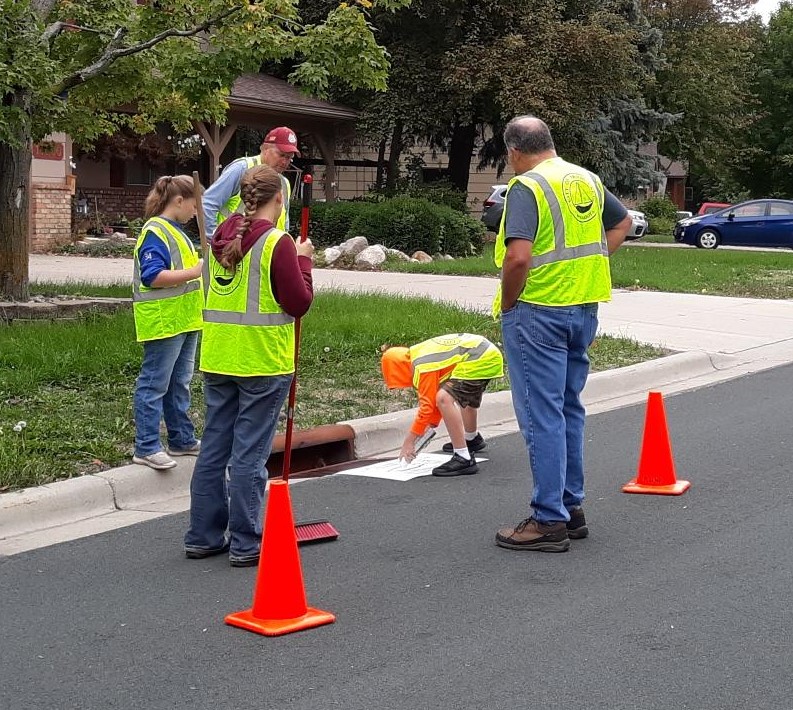Arctic Lake Restoration Project
This project consists of three components: retrofitting stormwater ponds with iron-sand filters, restoring a wetland, and managing carp.
Arctic Lake, while not listed as an impaired water on the statewide 303(d) list, both regularly exceeds the statewide phosphorus standard for shallow lakes and drains directly to Upper Prior Lake, which is impaired for nutrients Reducing Phosphorus to Arctic Lake will help reverse the current declining water quality while also reducing the loading entering Upper Prior Lake. A 2013 study jointly commissioned by the Shakopee Mdewakanton Sioux Community, the City of Prior Lake, and the Prior Lake - Spring Lake Watershed District (PLSLWD) quantified phosphorus loads to the lake, both external and internal, and prioritized water management projects to reduce the load.
This project consists of three components: retrofitting stormwater ponds with iron-sand filters, restoring a wetland, and managing carp. The PLSLWD water management plan identified these components as the best means to reduce loading to Arctic Lake (by approximately 29 lbs/year).
The result of the project was a 90% reduction in phosphorous.
-
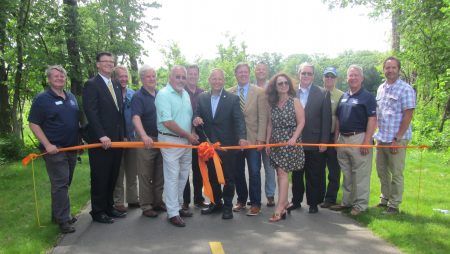
Ribbon Cutting at Arctic Lake Restoration Project
Benefits
- Block carp: Installed a carp barrier
- Lake aeration system: Enhance the aesthetic beauty of the lake and improve natural subsurface systems
- Water level control structure: Installed to control depth and volume of water in the wetland
- Pedestrian path extension: Constructed a paved path loop in Spring Lake Park for public use
- Iron-enhanced sand filter: Lower phosphorous levels
- Enhanced berm: Reinforced a berm and replaced broken culvert
Timeline
- In 2013, the City of Prior Lake, the Shakopee Mdewakanton Sioux Community, and PLSLWD formed a partnership to improve the water quality in Arctic Lake. A consultant, employed by the partners, determined that phosphorous-laden runoff and carp were the biggest factors contributing to poor water quality. This restoration project implemented several best management practices designed to clean up the lake.
- In 2014, Scott County joined the project team and contributed to the project by constructing a bike path connection. The County's park operating partner, Three Rivers Park District, provided a project manager to oversee construction.
Related Documents
Partners
- Shakopee Mdewakanton Sioux Community
- City of Prior Lake
- U.S. EPA
- Scott County
- Three Rivers Park District

